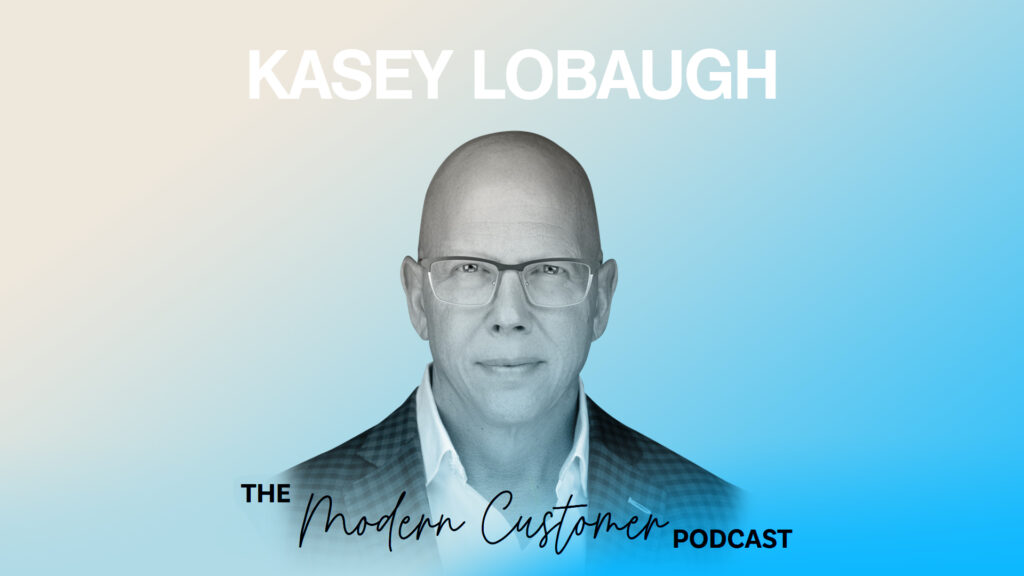Looking at the consumer industry, it’s clear that things are changing. But what does that mean for businesses, and how can they navigate these uncharted waters?
Deloitte recently published a report called Buying into Better, highlighting the changing industry’s markets, models, and mechanics.
According to Kasey Lobaugh, Chief Innovation Officer for Deloitte’s Consumer Industry, the report discovered 100 topics related to change and distilled them into six forces critical to navigating the next decade of change in retail:
- Changing customers. Today’s customers have dramatically different priorities, preferences, and expectations than just a few years ago. What they want from brands and their lives is changing.
- Evolving society and culture. The constructs we organize as humans are changing significantly, forcing growing pains and new challenges as people navigate how society is organized and works together.
- Technology is advancing at exponential rates. Technological advancement goes beyond the typical infotech to touch all areas, including biotech, material sciences, and a broad set of advancing and converging technology.
- The industry is in upheaval. Lower barriers to entry are bringing in new players, while change and new challenges have put traditions on edge.
- Climate change. The planet is worsening, and the retail industry plays a huge role. Customers and brands are faced with questions about how to handle climate change and their responsibility to the planet.
- Shifting economic policy. Changing national policies, international dynamics, monetary policies, and more greatly impact consumers. Today’s world is connected, which means uncertainty in geopolitics on one side of the world leads to confusion and uncertainty at home.
What Does It All Mean?
One of the biggest things these changes mean for companies and the retail industry is the shift from macro to micro. Retail was created to serve the masses in a homogenous middle class. But as demographics, challenges, and priorities shift, the gap between classes and generations is also growing. Lobaugh says brands are now switching to a micro approach and becoming very targeted in their ability to serve customers individually. A lower barrier to entry has allowed more competition to enter the market, and even existing brands are expanding their offers to provide customers with more optionality. Customers have choices, and that affects how brands operate.
With all of these changes and challenges, it could be tempting to have a negative view of the future. But Kasey Lobaugh says it’s essential for brands to focus on the choices that will get us to the future we want. The future isn’t to be predicted; it’s to be forged and shaped. Thinking about the future as an opportunity to design and navigate can help brands have a more positive view as they realize their potential to create positive change for their customers and the world.
The retail industry and its customers are changing. Brands have an incredible opportunity to understand these factors, get to know their customers, and shape the future of retail they want to see.
___________________________
Blake Morgan is a customer experience futurist and the author of The Customer Of The Future. Sign up for her weekly email here.

